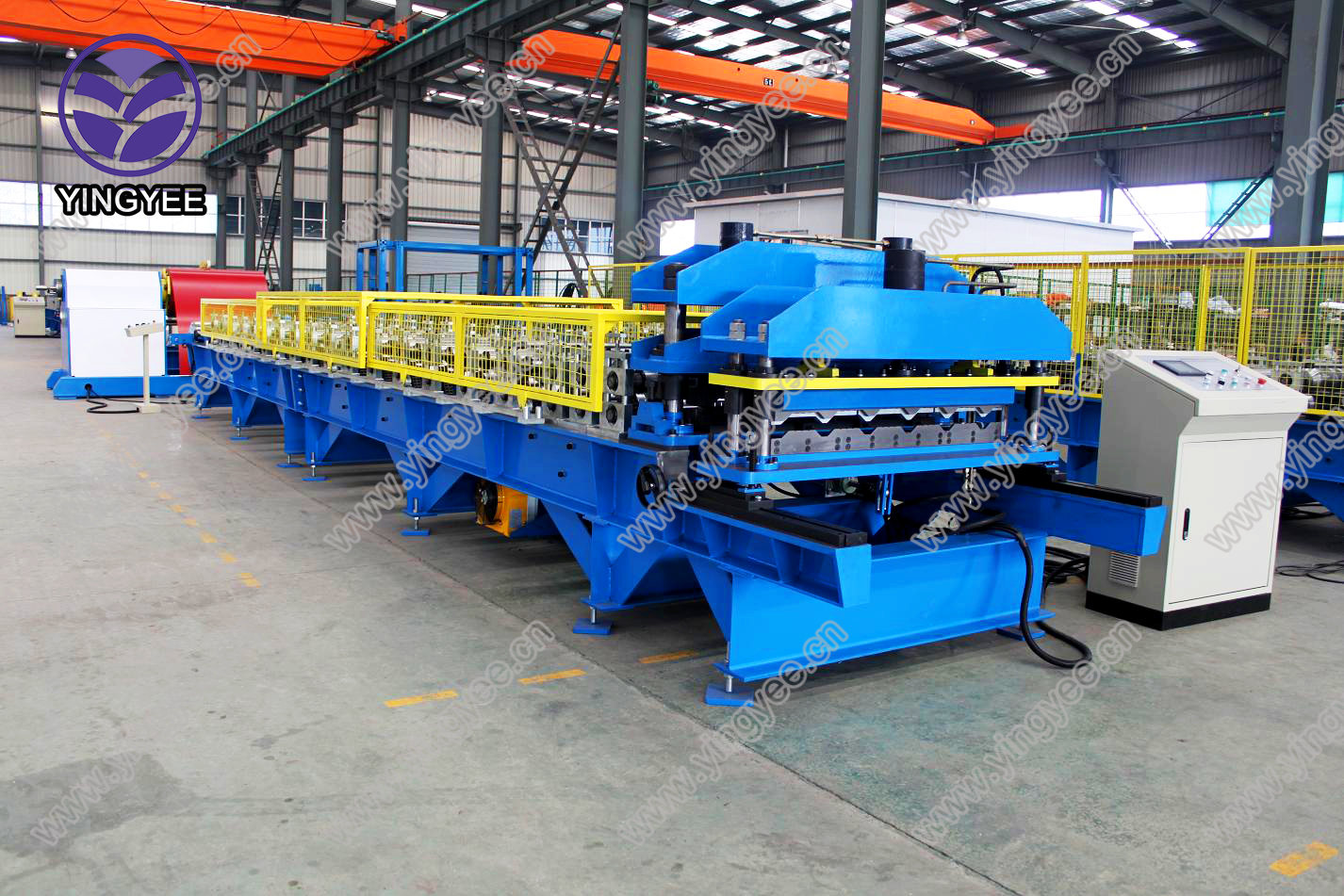
The Cold Bending Machine A Modern Marvel in Metal Fabrication
In the ever-evolving landscape of metal fabrication, the cold bending machine stands out as a pivotal tool that is transforming how industries shape and form metal components. This innovative piece of machinery offers significant advantages in efficiency, precision, and versatility, making it essential for various applications in construction, automotive, aerospace, and manufacturing sectors.
What Is a Cold Bending Machine?
A cold bending machine is a specialized device designed to bend metal materials at room temperature without any pre-heating processes. Unlike traditional bending methods that often rely on heat to increase malleability and reduce the risk of cracking, cold bending machines utilize mechanical force to achieve the desired shape. This process not only enhances the material's strength by maintaining its structural integrity but also streamlines production by reducing energy consumption associated with heating.
Advantages of Cold Bending Machines
1. Precision and Accuracy Cold bending machines are engineered for high precision. They can produce intricate bends and shapes that meet stringent specifications, which is critical in industries where exact tolerances are necessary. Advanced digital controls and measuring systems allow operators to achieve consistent results every time.
2. Material Compatibility These machines are capable of bending a wide range of materials, including steel, aluminum, and other alloys. This versatility allows manufacturers to use various materials for different applications without the need for multiple bending machines.
3. Enhanced Strength The cold bending process preserves the material's yield strength, resulting in products that can withstand greater loads and stresses. This is particularly important in the construction and automotive industries, where component durability ensures safety and longevity.

4. Reduced Production Costs Cold bending machines eliminate the need for heating elements and the associated energy costs. Additionally, the increased speed and efficiency of the cold bending process reduce labor and cycle times, leading to significant cost savings for manufacturers.
5. Environmentally Friendly With the elimination of heating processes, cold bending machines contribute to lower energy consumption and a reduced carbon footprint. This environmentally friendly approach aligns with the growing demand for sustainable manufacturing practices across industries.
Applications of Cold Bending Machines
Cold bending machines are employed in a multitude of applications across various fields. In the construction industry, they are used to create structural components such as beams, columns, and frames. In automotive manufacturing, they play a critical role in producing parts like chassis and brackets that require precise bends and high strength. The aerospace sector benefits from cold bending machines by utilizing them to manufacture lightweight yet durable components that meet stringent regulatory standards.
Furthermore, the energy sector utilizes these machines to fabricate piping and support structures for oil and gas applications, while the furniture industry takes advantage of cold bending technology to create stylish and ergonomic metal designs.
Conclusion
The cold bending machine has become an indispensable tool in modern metal fabrication, combining innovation with efficiency to meet the demands of various industries. Its ability to produce precise and durable components while reducing production costs and environmental impact makes it a preferred choice for manufacturers worldwide. As technology continues to advance, we can expect cold bending machines to evolve further, offering even greater capabilities and integrating new features that enhance their functionality and usability. In summary, the cold bending machine is not just a piece of equipment; it is a key enabler of progress in the manufacturing landscape, driving innovation and quality in metal fabrication.